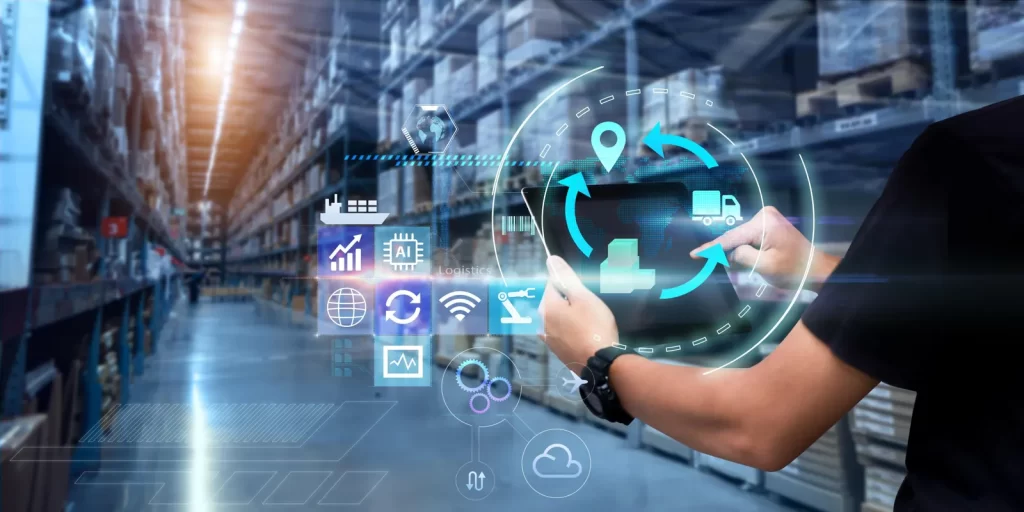
Innovative Solutions Transforming Cross-Border Supply Chain Operations
The current globe is linked more and more, so cross-border supply chains are absolutely essential for world trade. As companies grow beyond local boundaries, handling foreign supply chains has become more difficult. Concerning the difficulties presented by customs policies, currency fluctuations, language hurdles, and different infrastructure requirements among nations, traditional logistical methods sometimes fall short. Technology has, however, given creative ideas, such as cross boundary kiosks, that are transforming the way international supply chains are run.
Digital Platforms and Automation
The terrain of cross-border supply chains has changed as digital platforms and automation tools have grown in prominence. Through automation of tasks such order processing, inventory control, and transportation coordination, these technologies help companies to simplify operations. Automation lessens the need for human error-prone manual interventions, therefore expediting the supply chain. Using artificial intelligence (AI) and machine learning (ML), businesses can guarantee that inventory levels constantly match consumer needs, forecast demand, and maximize paths of action. These instruments provide general supply chain visibility, aid lower costs and delay reduction.
Blockchain Technology for Transparency
Emerging as a potent fix for guaranteeing security and openness in cross-border transactions is blockchain technology. Blockchain lets participants track products at every level of the supply chain without depending on middlemen by spreading out a distributed ledger. This openness helps stop fraud, mistakes, and documentation discrepancies—all of which may be expensive and time-consuming to correct. Blockchain also offers real-time updates, therefore facilitating improved supplier, manufacturer, and distributor cooperation.

IoT and Smart Devices for Real-Time Monitoring
Cross-border supply chains now show much more efficiency, thanks in great part to the Internet of Things. Using sensors and smart devices allows companies to instantly track the state of items en route. IoT-enabled devices measure temperature, humidity, location, and even packaging state, therefore guaranteeing appropriate handling of items all along the route. Maintaining quality and reducing the danger of damage or loss depend on this technology for perishable goods or valuable objects. Real-time monitoring also enables companies to react fast to possible problems, such as rerouting goods or changing storage conditions, therefore eliminating expensive delays and improving customer satisfaction.
Cloud-Based Collaboration Tools
Collaboration among worldwide supply chain partners has been transformed by cloud computing. From manufacturers and suppliers to third-party logistics providers and customs officials, cross-border supply chains often involve several players. All of these players can use a single platform made possible by cloud-based tools to exchange data, monitor shipments, and instantly interact. This flawless information flow not only enhances coordination but also aids in the elimination of silos that historically hampered the flawless operation of world trade.
Creative technology solutions, such as cross boundary kiosks, are changing how companies handle worldwide supply chain activities, enhancing efficiency and streamlining operations across borders. From digital platforms and blockchain to IoT devices and AI-driven analytics, these developments are improving security, openness, and efficiency all throughout world trade. Companies that use these technologies will be more suited to negotiate the difficulties of cross-border logistics as the global market develops, therefore giving them a competitive edge in a world getting more linked by the day.

